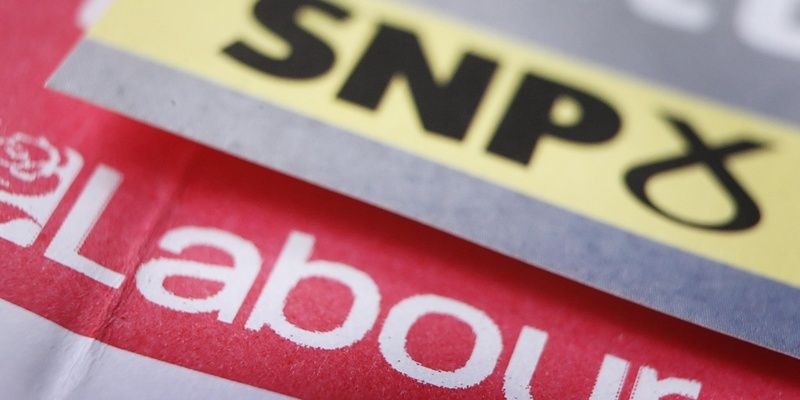A range of unlikely political alliances are being forged today as coalition deals to control Scotland’s hung councils are hammered out.
Labour and the SNP could find themselves working together in several of the local authorities where no single party ended up with overall control after last week’s local elections.
The SNP has a majority in Dundee and Angus, while Labour is in control in Glasgow, North Lanarkshire, Renfrewshire and West Dunbartonshire.
But party leaders Alex Salmond and Johann Lamont said the parties could form alliances in some of the other 26 councils.
”Our council groups are free to make alliances with any other democratic party,” said the First Minister. ”Where it’s appropriate and good for the people locally, they’re absolutely free to do that.”
Ms Lamont, who was elected Scottish Labour leader last year, echoed Mr Salmond’s position.
She said: ”In this regard I’m the same as the First Minister. We recognise there are different discussions going on across Scotland.”
On whether Labour could do a deal with the SNP, she said: ”We certainly could. We have said nothing is off the table.”
But despite the prospect of the two parties working together in some areas, they have been at loggerheads over the outcome of the election.
The SNP’s campaign director Derek Mackay said the Nationalists received the biggest share of first preference votes, with 32.32% compared to Labour’s 31.39%.
”This was a triple success for the SNP more votes, more councillors, and more gains than any other party, which means that with over half-a-million votes we are in an even stronger position to represent and deliver for local people,” he said.
But Labour pointed out they were the biggest group in 14 of Scotland’s councils, compared to the SNP’s eight.
Ms Lamont said the SNP were in danger of repeating a mistake made by Labour after its defeat at the 2007 Scottish Parliament elections.
”We made, frankly, the mistake in 2007 that it looks as if the First Minister’s making now: not looking and listening to what people are saying,” she said.
”I’m sure his colleagues in Renfrewshire, in West Dunbartonshire and so on don’t think they had a good day, don’t think the SNP won the election.”
Conservatives, Lib Dem and Green councillors are also involved in power sharing discussions in various parts of the country.
Across Scotland the SNP returned 424 councillors, Labour 394, independents 201, Conservatives 115, Lib Dems 71, Greens 14 and the SSP one.
Photo by Danny Lawson/PA Wire
